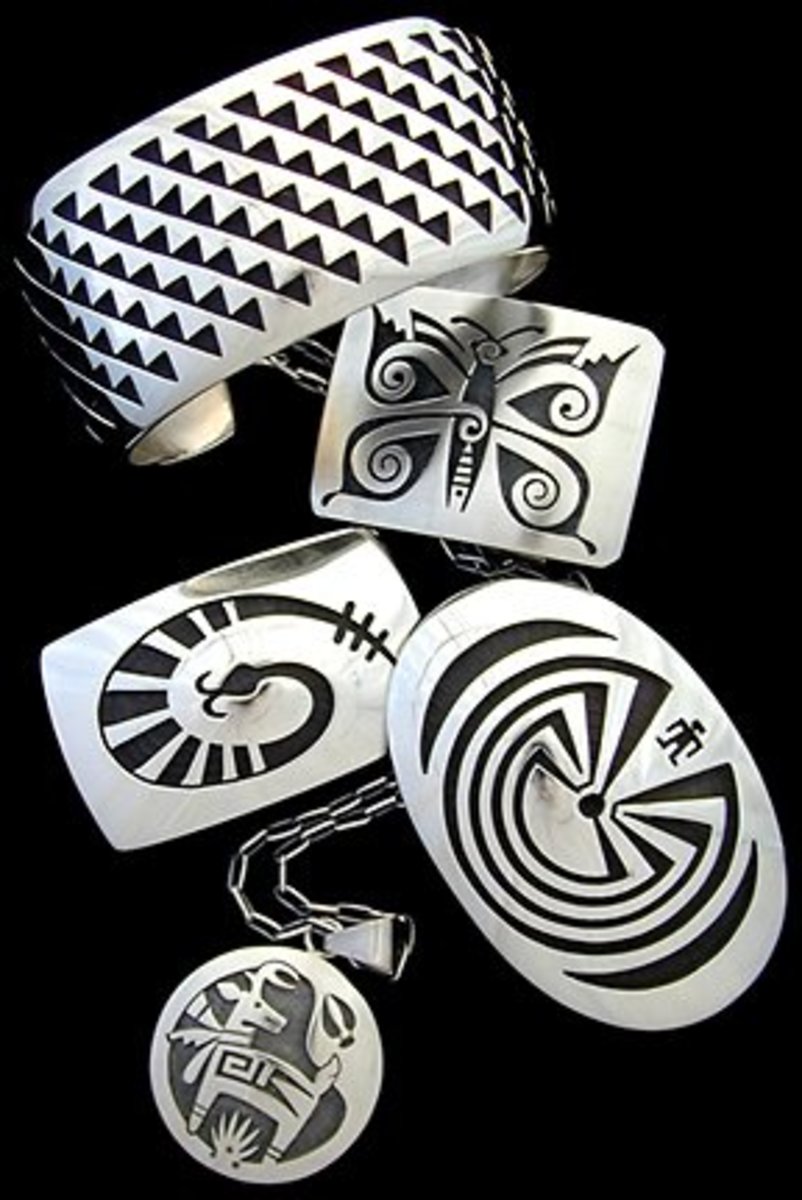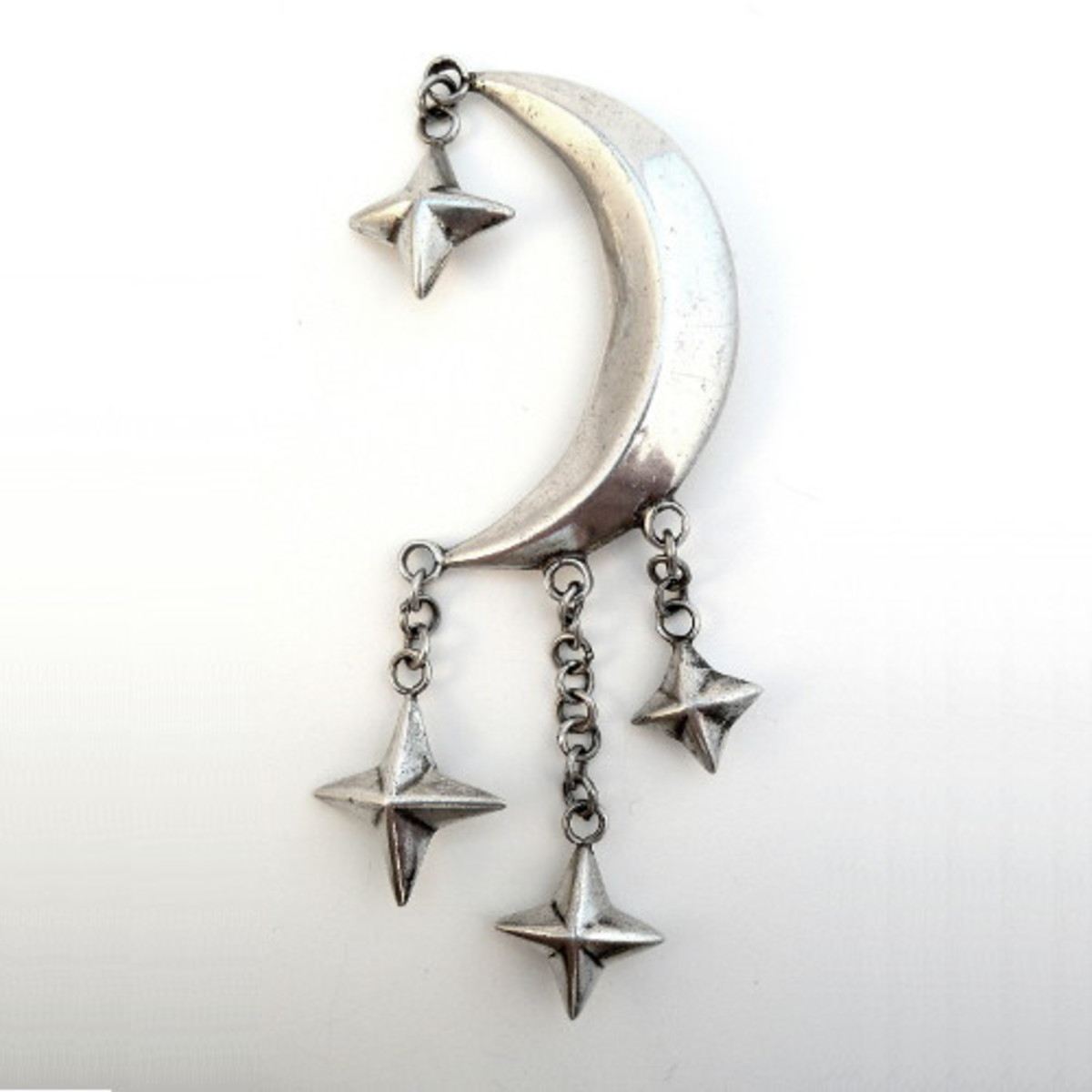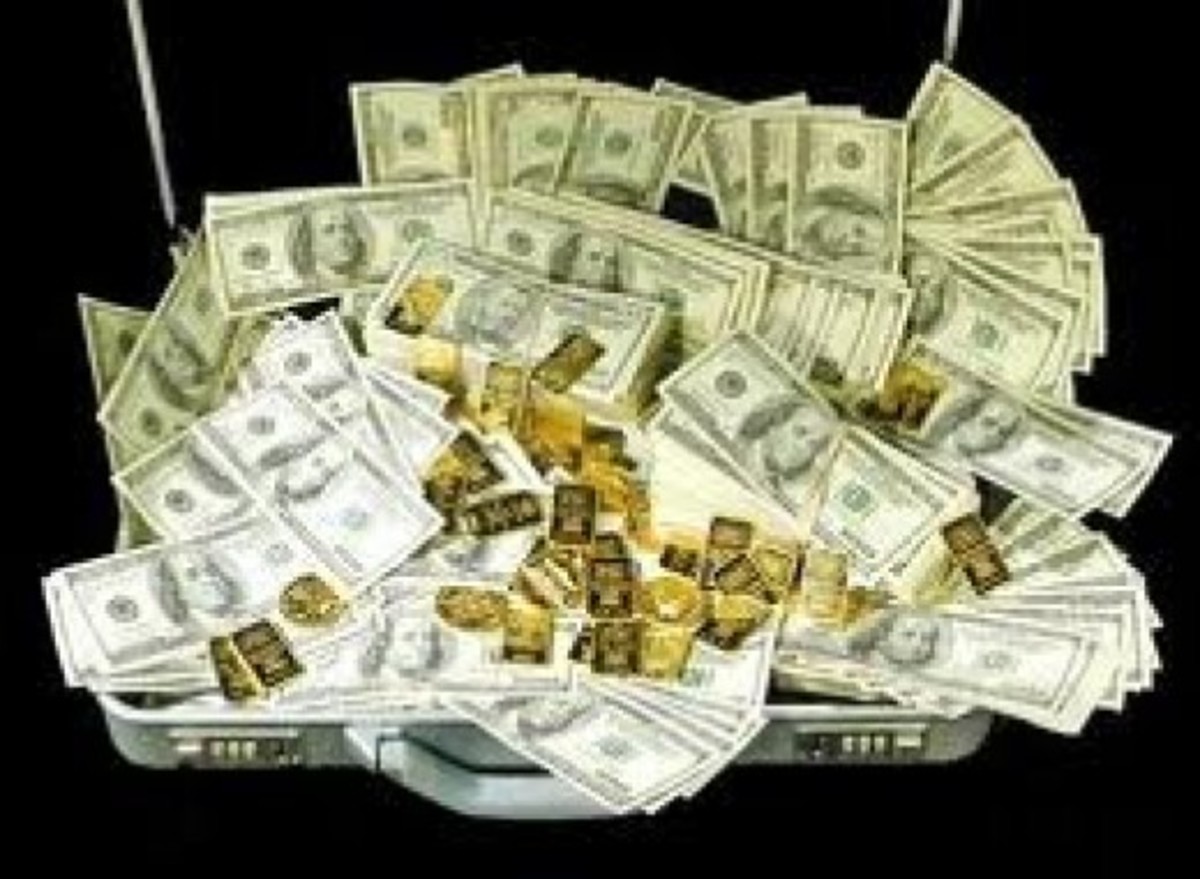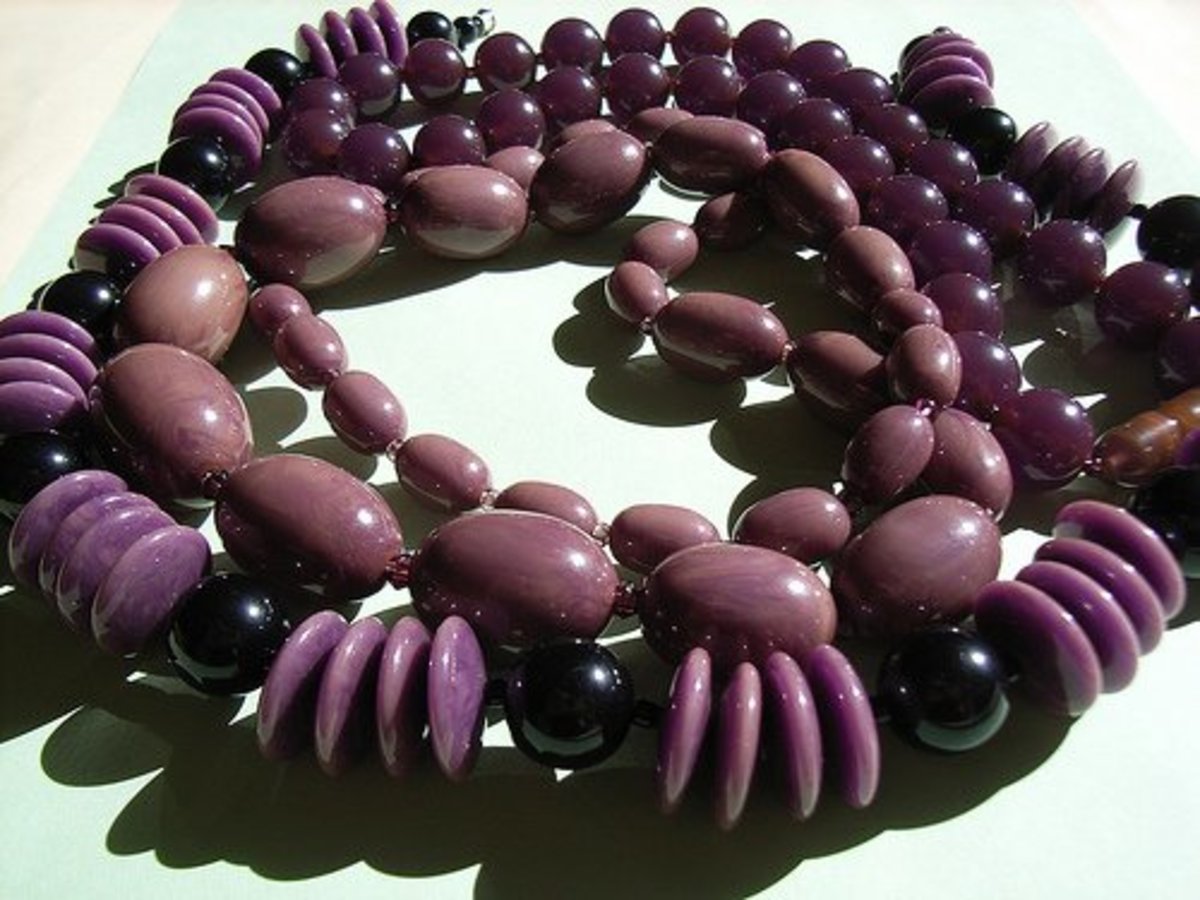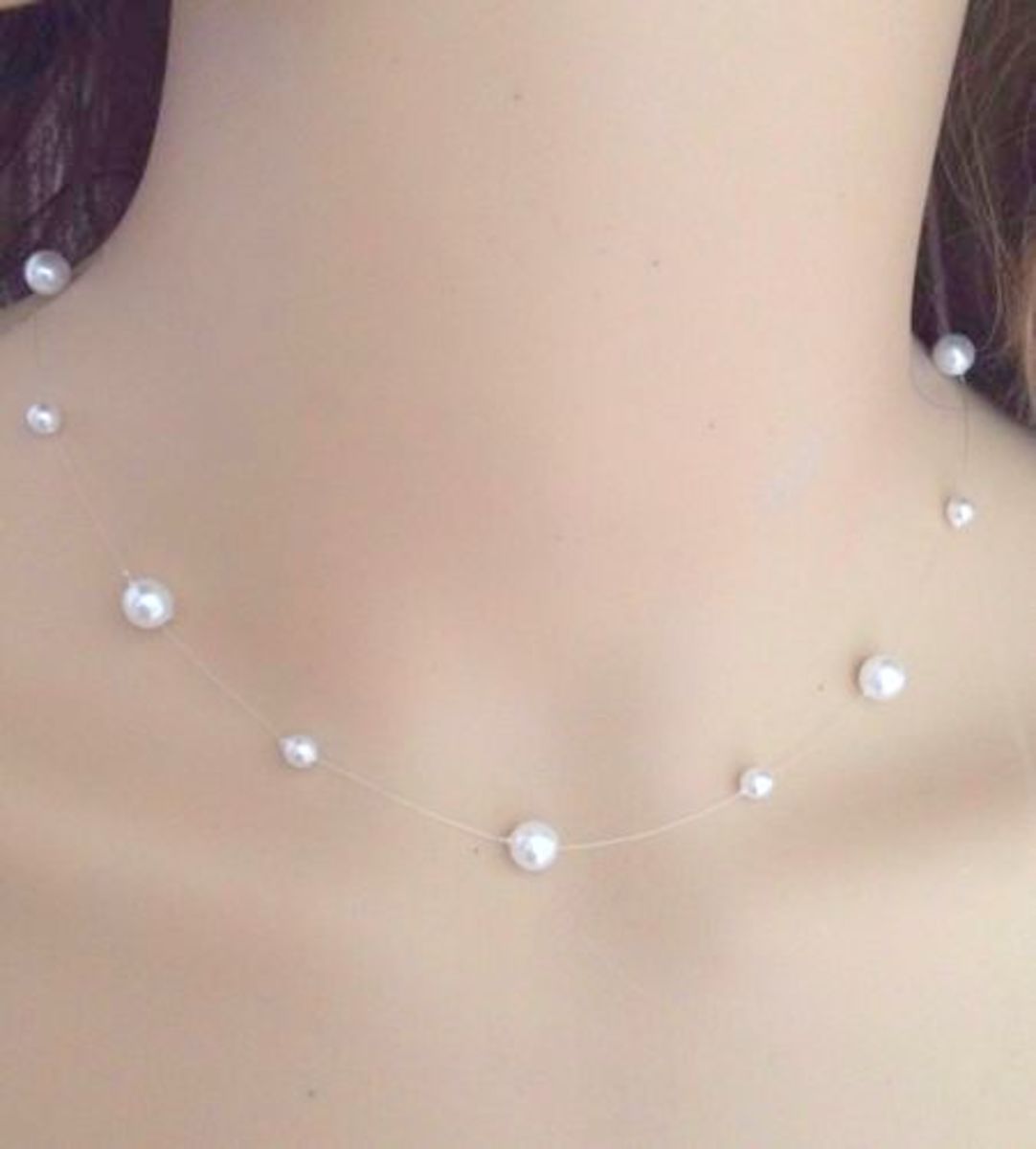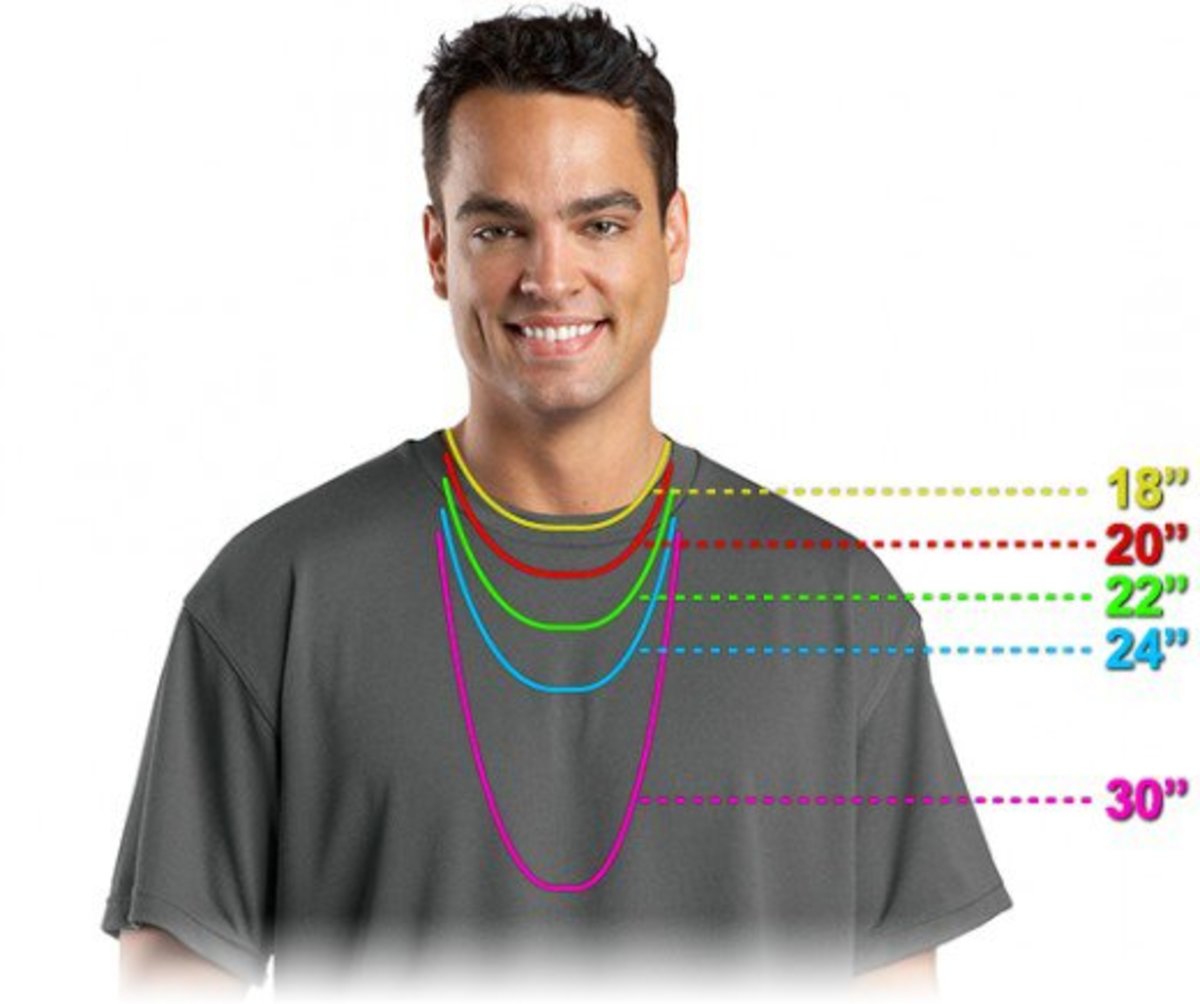How To Buy Silver Jewelry
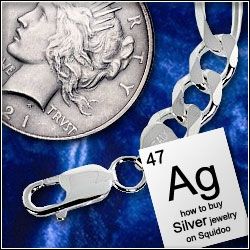
This guide was written to help you distinguish between a quality piece of silver jewelry vs. junk -- familiarize yourself with silver, clear up the misconceptions about it and learn how and where to buy silver jewelry at a fair price.
Starting off with the basics, you'll find that gaining a little bit of knowledge about the world of silver jewelry will be the best way to point you in the right direction toward being an informed customer!
Getting to Know Silver
Why Choose Silver Jewelry?
At about 1/30th the price of gold, the element silver is an economical and attractive option for jewelry. Since the "white gold" craze, more customers have been flocking toward silver jewelry for its nearly identical look and drastically lower cost.
About Comfort
Overall, silver is a lightweight, non-magnetic metal and is comfortable to wear since silver jewelry does not feel hot against your skin in high temperatures as gold and steel do. This is mainly because commercial silver jewelry contains not only silver, but copper, lead and/or zinc. Ironically, silver itself is the highest thermal conductor amongst all other metals.
A Worthy Investment
Unlike steel and nickel, and much like gold -- silver jewelry is attractive not only for its looks, but its worth. Genuine sterling silver is a worthy investment for its quality and its composition. Silver is a commodity, and its value is driven specifically by supply and demand. In fact, the price of silver had nearly doubled between 2005 to 2006, and continues to rise dramatically.
Summary: Silver has quickly become the new metal to invest in as an attractive, comfortable jewelry type. It is also well-loved for its investment value as a precious metal.
Purity & Grading
Understanding What Silver Grading Is
Silver is always categorized by its purity. The stamp on a piece of jewelry tells you what percentage of the alloy (mixture) is pure silver. Stamps are given in the form of a 3-digit number that can easily be converted to a percentage. A silver stamp of .925 = 92.5% silver with the remaining 7.5% being another metal...usually copper. Here are the most common silver gradings:
.999
This is 99.9% or "pure" silver. It is not practical for jewelry, but seen as silver bullion in its raw form for bars and coinage, used for investment purposes.
.958
Universally known as "Britannia Silver," this 95.84% silver grade, with a remaining balance of copper, is extremely high quality and typically seen for usage in silverware.
.925
This is 92.5% silver -- the standard silver stamp. It is commonly synonymous with the term "sterling silver," and is what you should look for in your new piece of silver jewelry.
.900
In the United States, this 90% silver grading is considered the bare minimum amount for a piece of jewelry to be sold as "silver," making it the poorest quality of silver alloy.
Summary: Silver jewelry is as pure as its 'stamp' dictates. Always make sure you're getting sterling silver. Anything lesser is simply low quality.
Markings
You may have noticed an inscription or marking on a piece of silver jewelry -- typically on the clasp of a necklace or bracelet, or the inner-side of a ring. Here's what it means:
Silver Stamp
As previously mentioned, the silver stamp as seen on the clasp, which may require a magnifying lens for viewing, will be the tell-tale sign of a true silver alloy necklace. All sterling silver jewelry pieces should bear a ".925" somewhere on the piece; if not, their validity is questionable. Silver plated jewelry should never bear a silver stamp.
Hallmark
Some silversmiths may include a "hallmark" which identifies who made the necklace, or where it's from. Hallmarks are internationally identifiable, and typically look like letters or small icons such as a crown or lion's head.
Note that it is not common for a piece of modern jewelry to bear a hallmark, unless it is antique, or from a world famous jeweler or smith.
Summary: True sterling silver will display a mark of ".925" somewhere on the piece, in most cases. Antique jewelry may bear a hallmark signifying its date and maker.
More About "Sterling" Silver
The term sterling silver is frequently used when marketing silver jewelry, making it be the standard form of silver alloy. The term means that the silver jewelry contains a mixture of about 92.5% silver, with the remainder being copper.
Why Can't Jewelry Just Be Pure Silver?
Some may wonder about the reasoning for copper having to be mixed with silver, and why a piece of jewelry can't simply be 100% silver. The simple fact is that pure 100% silver jewelry would simply tarnish very quickly, and on a regular basis.
If you own a pure silver bullion coin (which is 100% silver) and leave it out for a few months, it will begin to turn a pale brown color. Think about how quickly a set of silverware tarnishes even when not in use, and multiply that greatly when you consider that silver will have constant contact with your skin!
The inclusion of copper helps to greatly reduce the length of time for tarnishing to occur. Pure silver would also be fragile; therefore, the addition of copper strengthens the jewelry while not taking away from its natural silvery appearance.
Other Sterling Alloys
Silver and copper is considered the industry standard alloy for sterling silver, but in rare cases, sterling can include silver mixed with various other metals including platinum, germanium or zinc.
The purpose of using various metals is to increase the jewelry's immunity to tarnish, above and beyond that of copper. The most notably resistant is Argentium sterling, which is 92.5% silver, 7.5% germanium, and is highly resistant to firescale.
Summary: Sterling silver should be the goal of anyone looking to purchase jewelry - it has the highest concentration of silver for jewelry that you'll find on the market.
Plating
About Plated Silver Jewelry
In a process known as plating or flashing, a jeweler might coat the jewelry with a thin plating to give it a shinier appearance as a 'final touch' before the piece is completed. Silver jewelry is typically plated with rhodium -- a silvery, reflective element that is highly resistant to tarnish. In cases such as these, sterling silver that is plated in this fashion is in no way devalued as a result. Since rhodium looks similar to sterling silver, its presence will not be noticeable.
Silver Plated Jewelry
There's another, less desirable side to plating: silver plated jewelry. This jewelry is in no way considered "silver." Rather, it is jewelry made of a cheap metal, typically nickel, plated with a thin coating of pure silver. Nickel is known to have poor corrosion resistance.
The Erosion of Jewelry Plating
Cheaper jewelry, like silver plated nickel, will lose its silver plating over time through the presence of microscopic cracks and crevices in the plating. The elements will continue to wear down these microscopic imperfections, and eventually flake off the plating and show the less desirable metal underneath it. This is also true of gold plated jewelry.
Lacquer Coating
Some jewelers choose to coat their jewelry in a lacquer, which also protects the piece from tarnishing. It is extremely important to note that lacquer coated jewelry can never be cleaned with a steam tool, or it may strip the lacquer and permanently damage the piece.
How Do I Know If My Silver Is Plated Instead Of Solid?
Plated silver is always sold with a "buzzword" attached to it, such as "silver plated," "silver finished," etc. These are simply more attractive terms to state that the piece of jewelry isn't solid silver. If in doubt, hold a magnet against your jewelry to test it. Silver isn't magnetic. Silver plated jewelry also should not be stamped.
Summary: Quality sterling silver jewelry is plated with helpful metals like rhodium. Junk jewelry can be easily identified in the marketplace: it is advertised as "silver plated."
Pricing
How Is the Price of Silver Jewelry Determined?
As with most other fashion-related products, you can find a .925 sterling silver necklace for $35, and another .925 sterling silver necklace of the same length and width for $550. Both look identical. But, why are the price differences so great? In many cases, the answer is that the price is simply fabricated by the jeweler.
Workmanship
Silver chains are constructed in many different ways. Master craftsmanship will always cost you, especially if extravagant techniques like diamond paving are used, which will increase the price. Handmade jewelry always carries a higher price, as do the higher quality sterling silver alloys which substitute copper with a more tarnish-proof metal.
Brand Name
Designer brand names are used to justify higher prices, even if you're getting the same amount of silver seen for less, elsewhere. Considering that nobody outside of the jewelry world will ever know the brand behind your silver jewelry, this shouldn't be a consideration when buying a necklace. While it would make sense to buy an engagement ring at a brand name shop, it would make no sense to purchase a simple bracelet or necklace at one.
Amount of Silver & Size
The actual amount of silver used in a jewelry piece is a direct determinant of its price. Heavier pieces that have used more silver will obviously cost more. In terms of silver chains and bracelets, length and width is also a direct determinant. Even a 1" length difference, or a 2mm width difference will drastically change a price tag: just look at the price difference between a 6mm wide silver chain versus an 8mm wide one.
Summary: The cost of a piece of silver jewelry is determined by quality, weight, size and even brand name. Overall, the ultimate choice is objectively yours.
Cleaning
Ever-Tarnishing Silver Jewelry
When Silver Turns Black
Pure silver items such as pendants, pots, rings or intricate designs (even coins) are subject to silver oxidization, where its inset areas tend to visibly turn black. Just the oxidization process alone can make silver look extremely rich, antique and well defined; but, silver can simply be polished in a matter of seconds to restore its original luster. Jewelry, especially silver chains, contain a plating to practically eliminate this effect.
When Silver Turns Colors
Oxidization isn't the only effect that silver jewelry will display. Another style of tarnish called firescale is very common, especially on plated silver. The effects of firescale make silver look as though it has a rainbow effect, much like an oil spot on the road after a rainstorm, mostly with a purplish hue. This is a tell-tale sign that your silver jewelry has copper mixed in it (that's not a bad thing -- copper a common component in a sterling silver mixture).
Easy To Clean
There are so many ways to clean silver jewelry, from using silver polish, a polishing cloth or even baking soda. In a professional setting, a steam cleaner is commonly used as a finishing touch. Regardless of which method you use, the results from cleaning silver will make the jewelry piece seem as good as the day it was purchased.
Summary: Silver jewelry is subjected to various forms of tarnish. Thankfully, they are all easy to remedy and clean for a complete restoration.
Choosing Silver Jewelry
Given everything we've reviewed, here's a handy list of the necessary tips and pointers you'll need to consider before buying your next piece of silver jewelry:
- Sterling silver should be your only choice for jewelry. "Silver plated" jewelry should be considered nothing more than "junk jewelry."
- The jewelry you consider should be advertised as either "sterling silver" or ".925," and traditionally should bear a ".925" stamp somewhere on the piece.
- Additionally, "nickel free" is another term that jewelers might use to let customers know that the jewelry is pure, and not made of a cheap coated metal.
- Buying designer brand-names for simpler jewelry is foolish -- it always has a vastly greater price tag with the same weight, appearance & quality as affordable jewelry.
- When you own silver jewelry, you're aware that it will need to be polished a few times per year. Thankfully, this is easy to do. Keep a silver polishing cloth at home!

